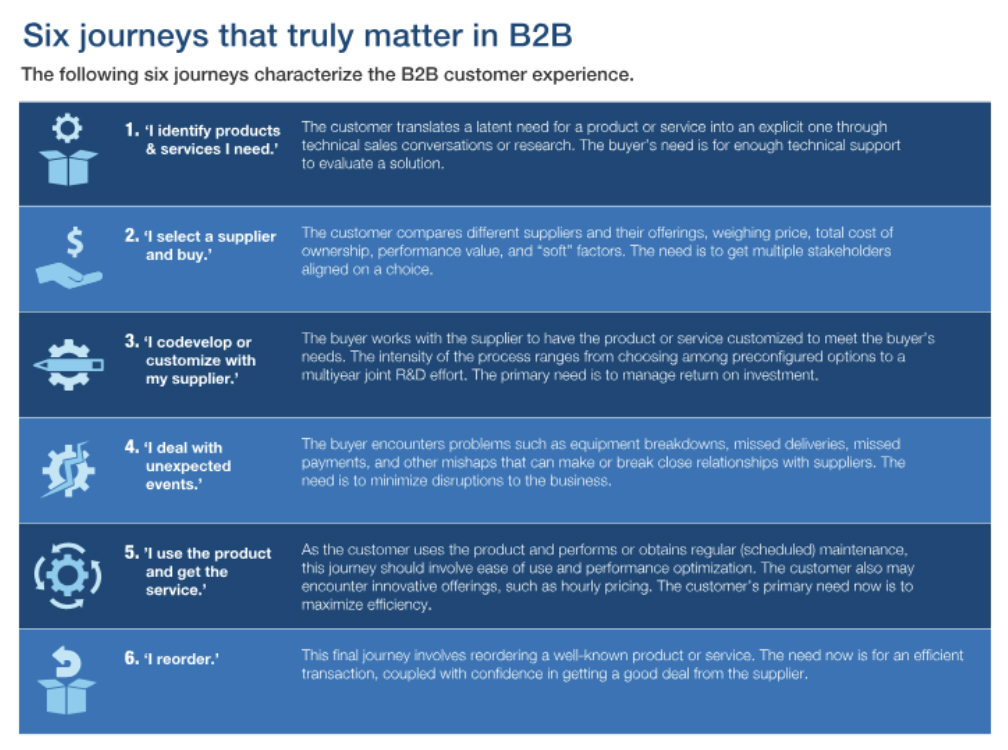How the chemical speciality industries can benefit from digitalisation?

The specialty chemicals industry is facing challenging times. The supply of raw materials is affected by increased political instability, resulting in fluctuating prices, while environmental concerns are growing worldwide and chemical markets are subject to tighter restrictions.
Digitalisation is emerging as a driver for the future success of chemical companies by introducing new systems and structures into their operations.
What impact will digitalisation have on the chemical industry, and where will it be most noticeable?
The chemical sector will be affected by digital technology in three ways:
- The first is functional excellence, which is defined as the use of digitally enabled means to improve the business operations of a company.
- Secondly, digital can influence end-market demand patterns, which has ramifications for the chemical industry’s value chains.
- The third scenario is one in which digital advances lead to changes in the business structures by which chemical companies collect and generate value for their customers.
What skills does your company need to succeed in the digitalisation process?
The structure, strategy and mindset of the team are the three key dimensions that will ensure the success of the digital transformation.
Create the ideal organisational structure.
Adding new digital skills to an existing, usually engineering-centric organisation is unlikely to be a winning formula. Digital is not just about apps, algorithms and tools. To allow new digital pathways to flourish, the organisation and governance must be adjusted.
Create the roadmap using an agile mindset and strategy.
Conventional investments and strategy were usually based on large bets that took years to pay off. Today’s leaders want to test or reject concepts in months, not years, resulting in fundamentally different path risks than previously thought.
Create a digital mindset.
While structure and governance provide the framework for digital growth, it also requires the right culture and atmosphere. Therefore, it is essential to plan in advance how to allow a digital culture to take root, rather than waiting for the rejection phenomenon to take hold. What kind of environment, encompassing principles, management style and workplace design, is needed for the digital enterprise to thrive?
So where does the economic potential of digital in the chemical industry come from?
Data-driven decision making
Even in the age of big data, senior executives still make far too many decisions based on gut instinct.
Marketing departments, from senior executives to operational staff, can dramatically improve their judgement by harnessing data and uncovering insights that can help organisations grow and increase profits through powerful analytical engines.
Better access to customers
Companies that operate across multiple channels consistently outperform their single-channel counterparts.
Despite this, few companies in the chemical sector have adopted online sales methods; most continue to serve their customers primarily through direct sellers and distribution partners.
Customers in the chemical or gas industries are beginning to see personal interaction as vital for a variety of purposes, such as locating suppliers or exploring new products, according to new findings on B2B customer decision paths.
Exceptional customer service
With their ongoing efforts to make interactions more convenient and enjoyable, consumer companies are leading the way in the area of customer experience. The same process can give chemical companies a substantial competitive advantage, especially over their low-cost competitors.
Companies can satisfy their customers by facilitating and streamlining their experience at every stage, from providing immediate quotes, to adaptive bid evaluation in supplier selection, to remote monitoring of equipment, to precautionary advice in maintenance.
Chemical companies can use digital technology to go beyond improving customer touch points and rethink the overall customer experience to reduce attrition, improve acceptance rates and lower the cost of service.
Dive into B2B digital customer service
The growing impact of customer experience initiatives and the bold moves of customer-centric executives are a serious challenge for many B2B organisations in various sectors. Being present in the right markets, providing high quality products and services or being the cheapest manufacturer have always been the keys to success in the B2B arena. Many companies have gambled on operational excellence as these advantages have been threatened by increased global competition. However, while these advantages are important, they are being rapidly eroded as competitors take advantage of the increasing mobility of the labour market and greater availability of knowledge.
Customers in the B2B sector are already looking for better service. Lack of speed in dealing with suppliers emerged as the top ‘pain point’ in a recent McKinsey survey of 1,000 B2B stakeholders, cited twice as much as price. Digital solutions are also high on the minds of CEOs as a way to make mundane processes more efficient. Instead of talking to a sales professional, 86% prefer to use self-service options for replenishment.
However, the reality for most B2B organisations seems far from this ideal. Many companies take days to quote, require customers to fill out lengthy (usually paper) order forms, and regularly keep customers in the dark about the status of their orders.
The problem is that while customer journeys are important in both B2B and B2C, their frequency and importance is different in B2B. Here are some of the most significant differences:
- In B2B, relationships are often more advanced. Co-development of a product with a supplier is widespread in many B2B companies and is a key source of innovation, but is rare in B2C collaborations. In addition, many B2B engagements are long-term and involve recurring sales.
- More people are involved in larger and more sophisticated B2B channels. In a B2C scenario, the choice of a supplier is essentially a matter of accepting or not accepting a standardised offer. In B2B, several engineers have to review and then certify the product, often by changing a design or method, while logistics and business management often have to wait until prices, quantities, delivery times and other issues are established before coordinating regular deliveries. Just to close the deal, 15 to 20 people may have to make decisions.
- B2B customisation is more common than B2C customisation. Customers demand that B2B suppliers adapt not only to their goods but also to their processes. Therefore, knowing this diversity is necessary to rethink the customer experience: How much of it is due to value-creating flexibility to meet the needs of large customers, and how much of it is due to the fact that flexibility has become the norm, without anyone being responsible for balancing the trade-offs between efficiency and flexibility?
- In B2B transactions, the stakes are often higher. For large B2B companies, customer connections are probably worth millions of euros. These merchants will go to great lengths to keep one customer happy (and profitable); the loss of one customer could mean the ruin of the entire business. In B2C, it is more about numbers than the value of a single consumer. Companies need to consider the economics of their customer base and address the sticking points in the customer lifecycle through a variety of measures that address the financial and strategic profile of the customer base in order to realise the potential of an enhanced customer programme. Companies serving a small number of large customers may use completely different channel designs than companies serving thousands of small customers.
That said, there are five major aspects of success that we believe shape a good B2B customer service strategy:
- In B2B, focus on the journeys that drive the customer experience.
Six journeys have the greatest impact on the customer experience and lifecycle, according to an assessment of customer engagements and touch points in B2B companies (via McKinsey).

- Enabling digital interaction means addressing the main reasons for customer dissatisfaction.
Although digitalisation is frequently hailed as a way to outperform competitors, given the length and complexity of many customer experiences, fully automating them may not be feasible or cost-effective. Many B2B decision-makers do not want this strategy anyway; in many circumstances they still prefer to interact with one person. To successfully change the customer experience, you must first understand the root causes of customer dissatisfaction. Only then will companies be able to articulate an appropriate solution. Programme management and a portfolio of projects are used to provide the solution, which addresses challenges such as performance management, employee mindsets and attitudes, structure and skills gaps. - Create hybrid channels that integrate both digital and human interactions.
To leverage efficiency, companies with uniform products and fragmented customer bases should invest more in customer channels, i.e. identification of goods and services, fulfilment of initial orders and new orders. Companies that provide highly customised products to a smaller group of customers, on the other hand, often place a higher value on co-development paths with suppliers and contingency management. Depending on customer preferences, the best channels consciously evolve between digital self-service, technology-assisted human interactions and offline visits. To justify digitalization efforts, any solution must ensure sufficient consistency and transaction volume. - Personalise customer journeys by creating separate channels.
Because they must meet the unique needs of many small groups of customers, B2B channels frequently become complicated. These types of connections require special customisation, additional services or extra controls. Dividing the channel into regular and specialised channels can reduce complexity, making it easier for most customers to adopt and save money. - To break down complexity, adopt an agile strategy.
Customer journeys can be difficult to understand. In most cases, creating a new customer journey is not perfect. Instead, from conception to ongoing operation, a cross-functional team including business and IT journey experts must collaborate to experiment, educate and adapt. During each one- to four-week development cycle, the channel leaders must be able to make decisions and revise goals. The entire team can evaluate the improved experience with consumers and receive critical feedback after each session.
More information :
Need more information about our offer ? Contact our technical department on +33 426 680 680.